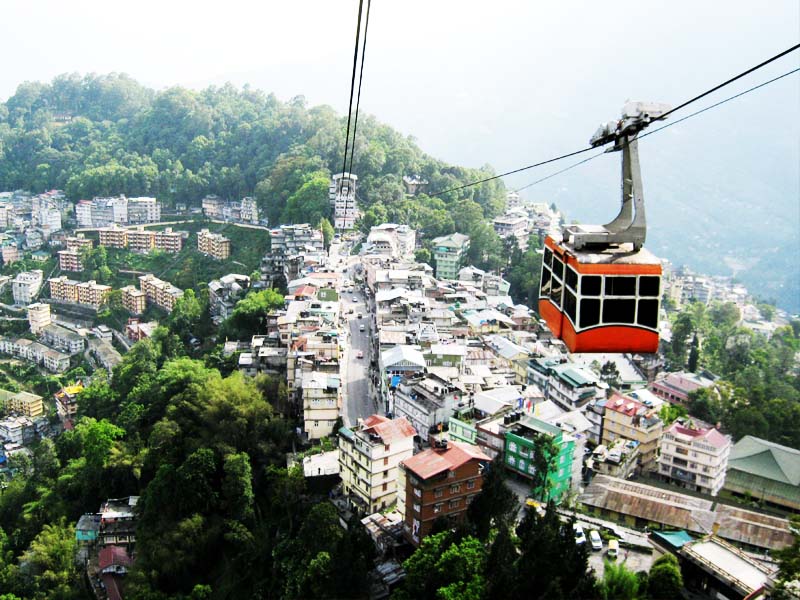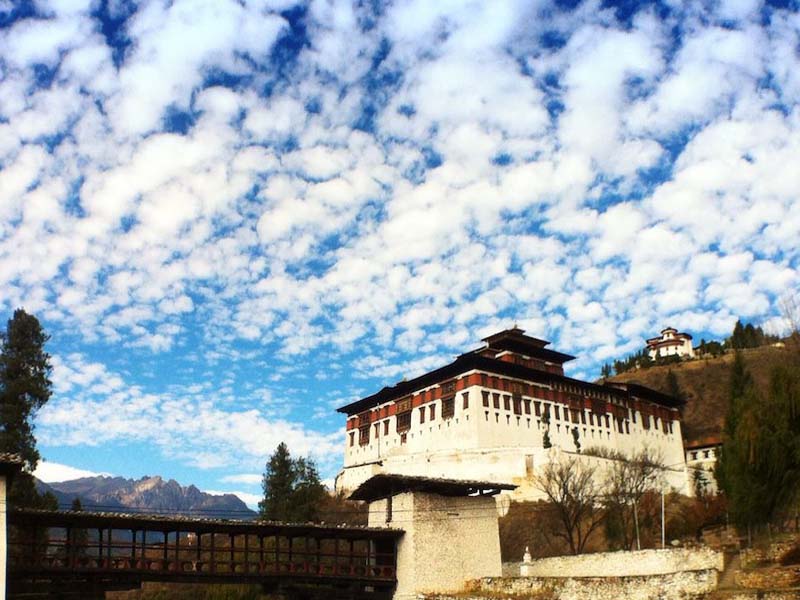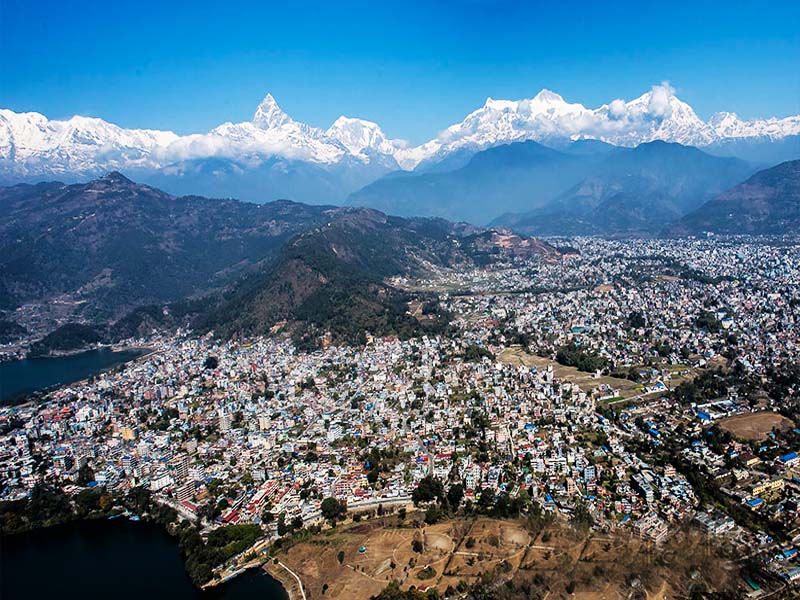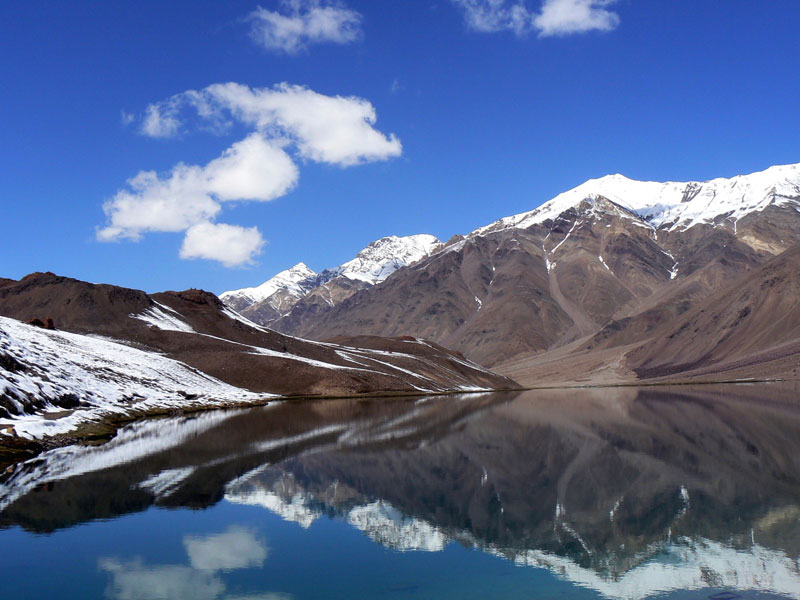Home
Nepal Trek Itinerary
9 Nights 10 Days Best of Nepal
9 Nights 10 Days Himalayan Combination
12 Nights 13 Dayseverest Tyangboche Trek
14 Nights 15 Days Annapurna Base Camp Trek
15 Nights 16 Days Everest Base Camp Trek
5 Nights 6 Days Kathmandu, Pokhara, Nagarkot
4 Nights 5 Days Nepal Experience
5 Nights 6 Days Kathmandu
5 Nights 6 Days Nepal Panorama
5 Nights 7 Days Beauty Of Nepal
7 Nights 8 Days Nepal Explorer
9 Nights 10 Days Wonderful Nepal
Rajasthan
Itinerary
5 Nights 6 Days Rajasthan Tour
6 Nights 7 Days Amritsar - Golden Triangle
13 Nights 14 Days Rajistan Tour
8 Nights & 9 Days Golden Triangle Tour With Tiger Safai
5 Nights 6 Days Golden Triangle Tour
8 Nights 9 Days Golden Triangle With God Tour
9 Nights 10 Days Golden Triangle With Jaisalmer & Jodhpur
9 Nights 10 Days Golden Traingle With Varanasi & Khajuraho
17 Nights 18 Days Grand Rajisthan Tour
Sikkim Darjeeling
Tour
5 Nights 6 Days Darjeeling-Sikkim-Kalimpong
6 Nights 7 Days Sikkim Darjeeling
7 Nights 8 Days Gangtok-Namchi-Darjeeling
8 Nights 9 Days Sikkim Darjeeling
9 Nights 10 Days Sikkim Darjeeling Kolkata
11 Nights 12 Days Sikkim-Bhutan Tour
19 Nights 20 Days Darjeeling - Sikkim - Kalimpong Cultural Tour
9 Nights 10 Days Sikkim Darjeeling Kolkata
12 Nights 13 Days Sikkim-Bhutan
8 Nights 9 Days Sikkim - Bhutan
17 Nights 18 Days Darjeeling - Sikkim - Bhutan
20 Nights 21 Days Sikkim - Nepal
Sikkim Trek
8 Nights 9 Days Sandakphu Trek
13 Nights 14 Days Green Lake Trek
14 Nights 15 Days Gangtok - Pelling - Yuksom Trek
15 Nights 16 Days Yambung Trek
Homestay
About us
Contact us
More Info





